Berets have been popular for centuries. They can be combined with dresses, coats or overalls. These headdresses are worn by everyone, from children to men. This article tells you how to make a beret from fabric with your own hands and what materials are needed for this.
What's good about berets
Headwear can be worn in any season, they perfectly emphasize the shape of the face. Quite easy to sew and decorate, will become an indispensable part of the wardrobe. They can be worn with coats, jackets or suits. A knitted beret made with your own hands will emphasize the individuality of the image.
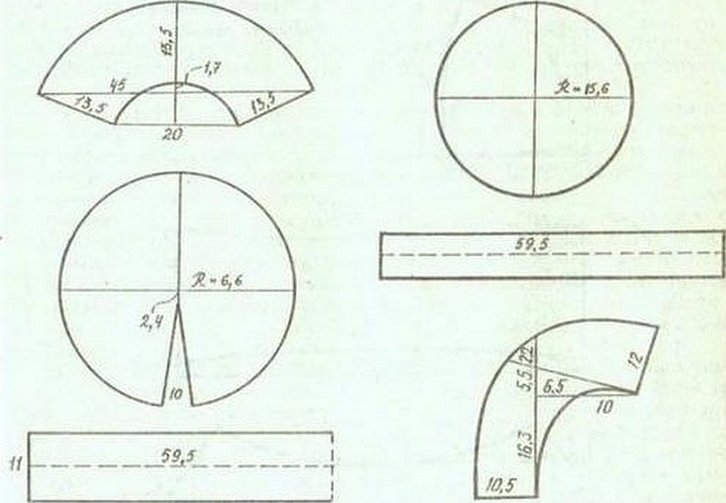
For example, in France, women have headdresses for different occasions. Both for holidays and for everyday outings. They can complement business suits or evening dresses. And children, in general, cannot do without this headdress. It perfectly protects from the sun or light rain, does not let in drafts.
Choosing fabric
The products are made of stiff fabrics that hold their shape well and are easy to care for. The pattern for a fabric beret is taken from the Internet or from tailoring magazines. Such products can be sewn for dolls so that girls can play fashionistas. It is advisable to take high-quality fabric, so it will have a high price. Cheap materials can quickly deteriorate, crumble or form a lot of pellets.
For winter options, it is better to buy drape, as it is quite dense. Felt is suitable for autumn-spring, and for summer you can take ordinary light knitwear with lining.
Felt beret
Felt hats are the best choice, due to their rigidity, they hold the texture of the products well.
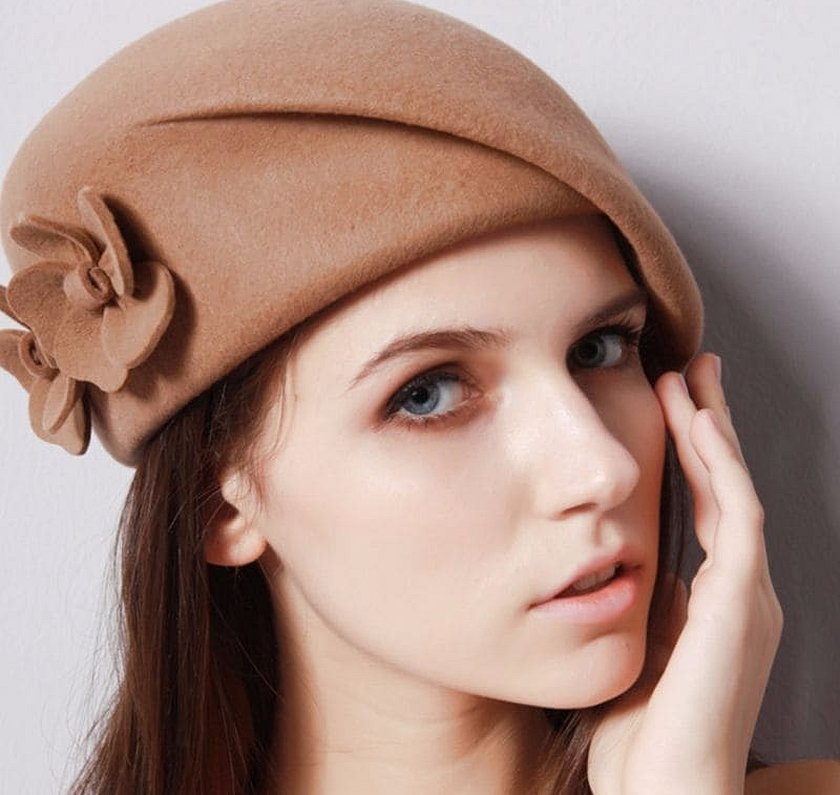
The felt headdress turns out beautiful, but breathable, which is necessary in autumn weather. It is advisable to make a felt headdress using this pattern: it is necessary to make a double bottom so as not to insert an additional lining, this simplifies the work process. High-quality felt does not crumble at all, but it is advisable to add allowances of 1 cm. The bottom is made from a whole piece of fabric. Upon completion of the work, you can decorate with flowers or embroidery.
The same method can be used to make a fleece beret. Felt products can be worn at any time of the year. But it is more preferable to wear them in spring or autumn, as they protect very well from the wind, which is very important.
Beret made of drape
Berets made from drape made by hand will be very dense, it can be made without lining, this speeds up the work process.
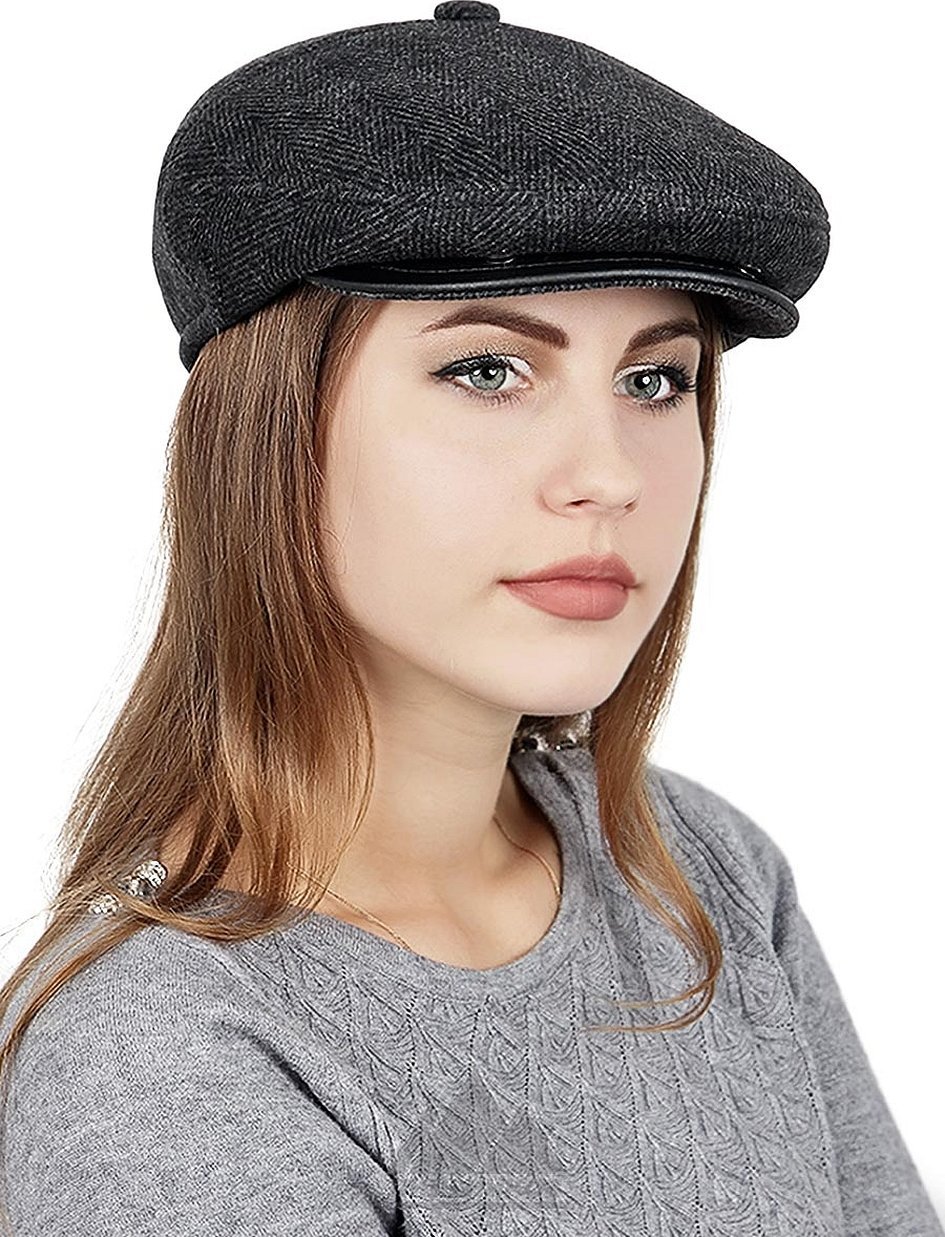
Even a novice craftswoman can make a drape beret, you need to use a pattern. Drape fabric is easy to care for, so there is no need to overcast its edges, this will make the work easier. You also need to make an allowance of about 1 cm. For sewing, use the exact dimensions of the head - the fabric is not elastic. You can sew a beret from drape with a solid bottom or divided into segments. In the second option, the headdress will look more luxurious and beautiful, but the work time will increase.
Wool caps are most often worn by men. They can be worn to complement a business suit, and can have earflaps to make them more comfortable to wear in winter. Such caps were very popular in the 1940s, and no man left the house without a hat, as this was considered disrespectful to others.
Fur beret
To create a fur beret, you need to take a template without a shelf. The classic cutting of the cashmere is used:
The base should have many segments to create narrow petals on the beret.
In fur, the pile should be directed in one direction and have a lining. It is worn only in winter weather, in slight frosts.
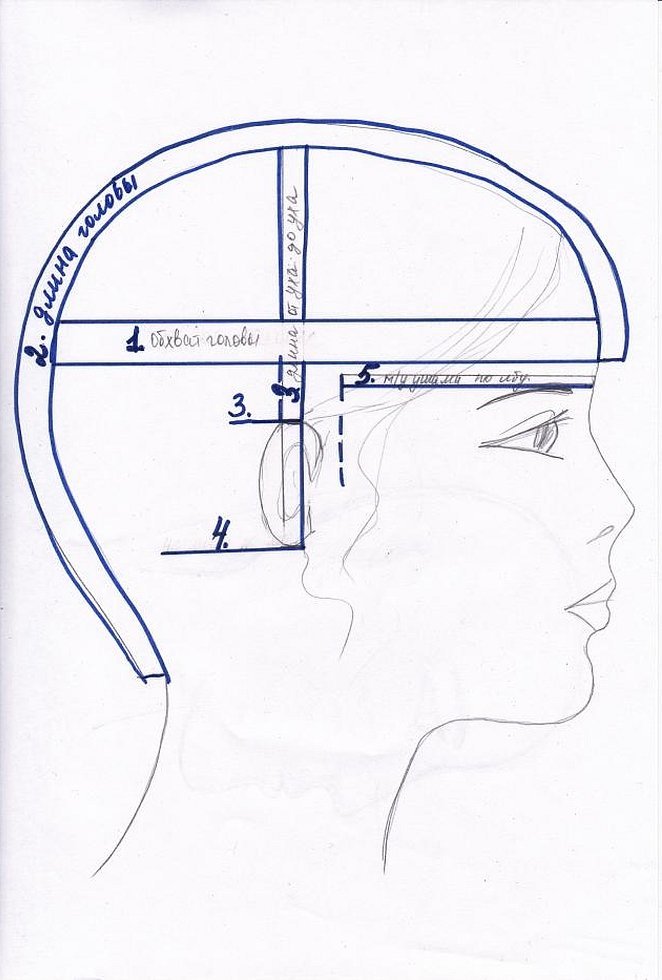
How to make a pattern and sew a beret with your own hands
Making a beret with your own hands is quite easy. The pattern of a beret made of fabric for women begins with taking measurements. Below is how to sew a knitted beret.
Taking measurements
Before starting work, you need to take measurements from your head. To understand what size beret to sew, you will need a measuring tape, wrap it around the widest part of the skull. This size will be the measurement for the headdress.
When buying hats, you can also use measurements. When taking measurements, do not pull the tape measure too tightly, otherwise the product will not fit well.
When sewing, it is advisable to remember about the presence of a lining, especially in products with a visor.
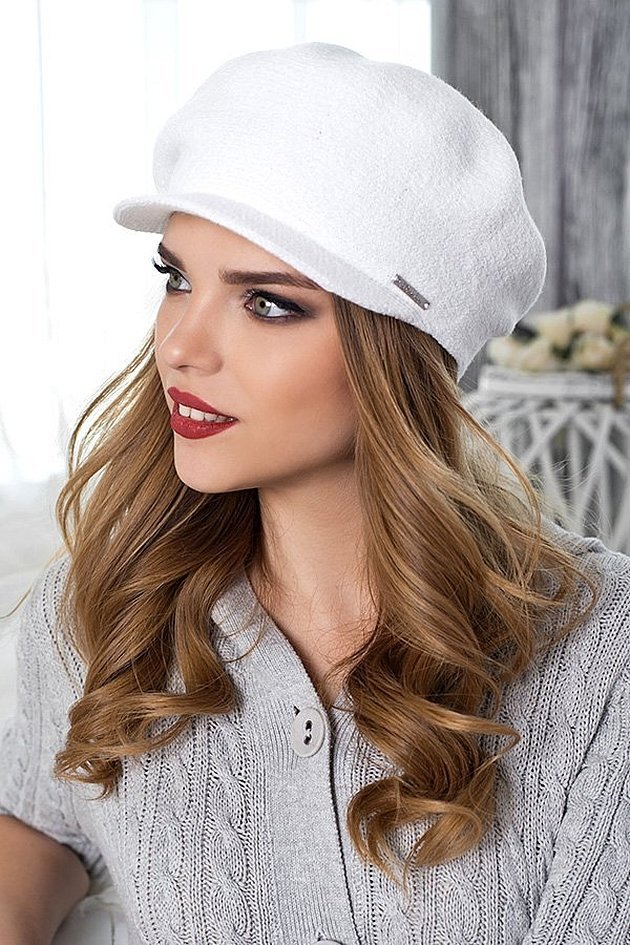
Tools for work
Classic set of sewing tools:
- Scissors;
- Fabric (natural drape, felt, fur);
- Needles and threads;
- Patterns and measurements;
- Sewing machine (optional).
Sewing technology
Doing the work yourself will be a bit difficult for beginner needlewomen.
All elements should be sewn without a fit. If there is a small fit, the product may be skewed. In round products, the presence of a fit is sharply felt, this may change the volume of the headdress.
All elements need to be swept and constantly tried on.

To lay out a round seam evenly, the finished allowances must be cut out, cut at the corners, without touching the connecting seam, at a distance of 2 cm from each other.
The seams on the outer part of the beret cannot be ironed. It is only allowed to steam it, while wearing it over something, to give it shape.
To smooth out round seams, it is advisable to use a special block and carefully iron the seams.
Instead of a casspen, it is advisable to use bias tape to finish the edge of the product. This type of finishing is much easier to lay out on the beret, the seam does not stick out and, most importantly, you can use a purchased bias tape. When sewing on the tape, do not pull it too tightly, because the headdress may shrink.

The material consumption for sewing the product is small, but it is better to calculate the required amount in advance and take it with a reserve. To calculate, you need to lay out the pattern over the entire fabric, taking into account the allowances.
If you have an old headdress, you can take a pattern from it using copy seams. To make the result more accurate, you can completely disassemble the headdress and use the ironed elements as a template.
We process the edges
The headband of the product is sewn to the bottom of the side. This is an important step because it is necessary to connect three layers of fabric, including one side element and two headband elements. The lining is placed inside the product, matching the edges. They need to be stitched 3 mm inside and the headband sewn with the lining fabric.
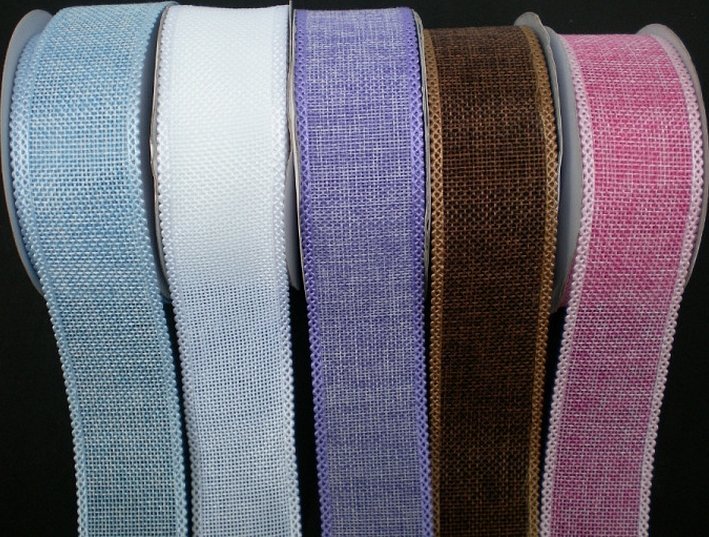
Since the elements are round, it is recommended to gather the material a little or form small wedges. Having sewn these elements, it is necessary to make a line from the front side, using threads in the tone of the product. There is no need to decorate the product, but if desired, you can add a brooch.
Attention! According to the sketch of 4 elements, you can make a fur beret, in this case the allowances will be about 2 cm, you need to rely on the length and thickness of the fabric. Some tailors make products from old used knitwear. In this case, a lining is necessary.
If a lining is to be made, the width of all elements is increased by 10 mm. Also, during the work process, you can change the sizes of any parts to get a beret of an original style.
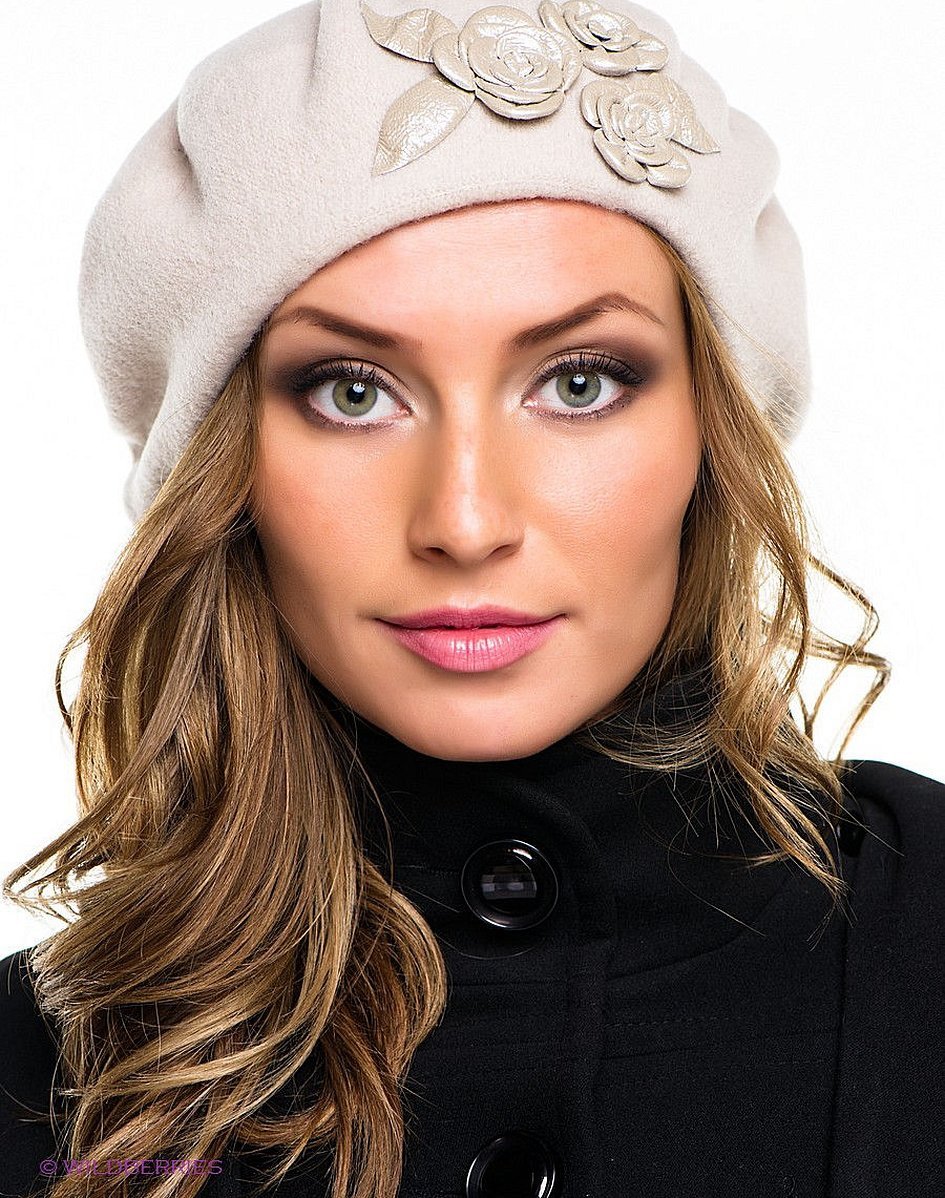
Then, before sewing the sides and bottom together, it is necessary to check the fit. If the elements are of different lengths, the material is gathered or folded.
Washing of the garments is necessary only by hand. The optimum water temperature is about 30 degrees. First, it is advisable to put the garment in water for 7 minutes to remove excess dirt. Washing itself is carried out using a soft brush. After washing, rinse several times to remove all the soap. Squeezing or twisting the garment is strictly prohibited, otherwise it will form many folds. It is better to dry it on a thick towel and shape it using a steamer.
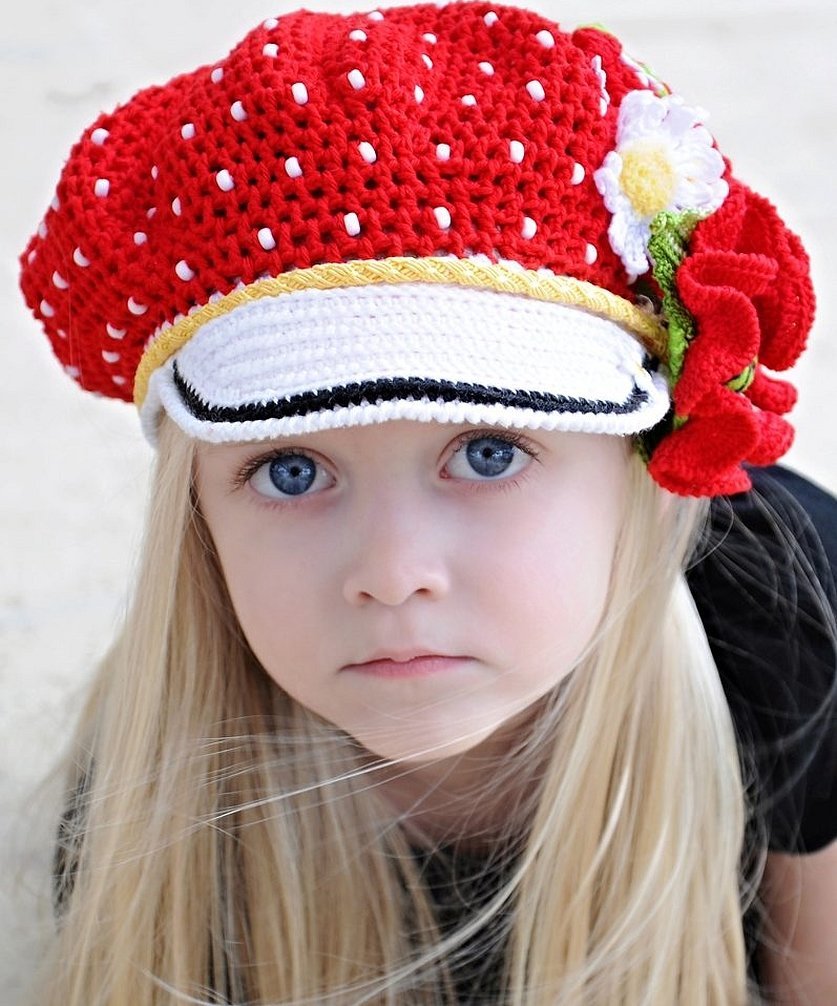
When washing, it is better to use a soap solution or liquid powders. Children's products are best washed with special products for children.
Thus, making a beret with your own hands is quite a complicated process. Beginner craftswomen should watch several master classes to get acquainted with the work front. The best fabric for a headdress will be drape. It does not wrinkle, holds its shape and is wear-resistant.




